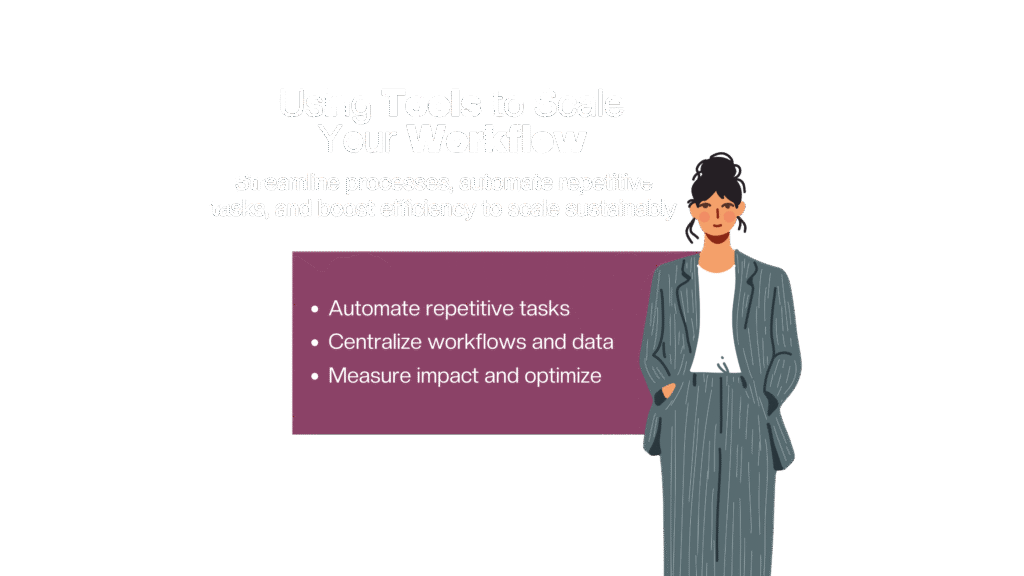If you’re a founder or Head of Sales, you know the pain of low response rates from cold outreach. Buyers are bombarded with generic pitches, making the old “spray-and-pray” approach ineffective. The alternative is a research-first outreach strategy, which means doing your homework on each prospect before hitting send.
While this personalized cold outreach strategy might sound time-consuming, it dramatically boosts response rates on email and LinkedIn by building genuine trust. This guide explores why a research-first approach works and how to implement it.
The Problem with Spray-and-Pray
Many sales teams send the same generic message to massive lists, but this method no longer works. Prospects tune out, and strict spam filters catch impersonal emails. When a message clearly wasn’t written for them, recipients ignore it or mark it as spam.
Sales data proves that mass emails yield dismal reply rates, while highly personalized emails are the most effective. This approach sacrifices relevance, and as engagement drops, your sender reputation suffers, hurting future deliverability.
In contrast, a quality-over-quantity mindset delivers results. The core idea is to understand your prospect and tailor your message accordingly. This personalization has a direct impact on success. Studies show that adding personalized touches to a cold email can more than double reply rates. When you segment your audience and customize messages, you will always see higher engagement than a generic blast could achieve.
Building Trust Through Personalization
Cold outreach is inherently cold because no trust exists. A research-first approach builds credibility from the first touchpoint. When a prospect sees you have done your homework, it signals respect. A personalized approach demonstrates that you understand their world, whether by mentioning a mutual connection or a specific insight about their business.
This sets a different tone, making the prospect feel seen as an individual, not just a target. This credibility shifts the conversation from suspicion to curiosity and establishes the rapport needed for a real business relationship.
How to Research Prospects Efficiently
Efficiently researching prospects doesn’t have to take hours. A smart process helps you gather key details quickly. A prospect’s LinkedIn profile is a goldmine for their role, history, and recent activity, which are all great conversation starters. Next, research the company by visiting its website to understand its mission and recent milestones.
Look for press releases or funding announcements; mentioning a recent achievement shows you are paying attention. You can also use social media and Google Alerts for target companies to stay informed of relevant events and time your outreach perfectly.
Applying Research to Your Outreach
Once you have your intel, apply it. For cold emails, personalize the subject line and opening sentence. Instead of a generic title, use a tidbit from your research like, “Loved your interview on [Podcast Name].” In the email body, hook the reader with a specific reference before stating your value proposition.
On LinkedIn, personalization is key for connection requests. Avoid the default message and write a short note referencing a shared connection or a recent post. This genuine approach is far more likely to be accepted. After connecting, follow up with a brief, value-driven message that comes across not as a sales pitch, but as a conversation from a knowledgeable peer.
Using Tools to Scale Your Workflow
This all might sound time-intensive, but you can work smarter by leveraging tools and automation. The goal is to gather personalized insights at scale so your team can focus on crafting messages and building relationships. Modern platforms can automate the process of sourcing and enriching data, pulling in relevant info about your prospects automatically.
This bridges the gap between research and action, allowing even lean sales teams to execute a highly personalized outbound campaign without burning out. Investing in the right tools empowers your team to make research a repeatable habit rather than a burden.

Conclusion: Research First for Better Results
In a world of overflowing inboxes, a research-first approach to cold outreach is the key differentiator. The payoff is clear: higher open and reply rates and warmer conversations with prospects who feel understood. By prioritizing personalized research, you tell the prospect they are worth your time.
If your team’s cold outreach is failing, it’s time to swap the shotgun for a sniper’s precision. Encourage your reps to research first and outreach second. This strategy isn’t just about getting a response; it’s about establishing trust and credibility from the very first touch. Do your homework first. It’s the extra step that makes all the difference.






